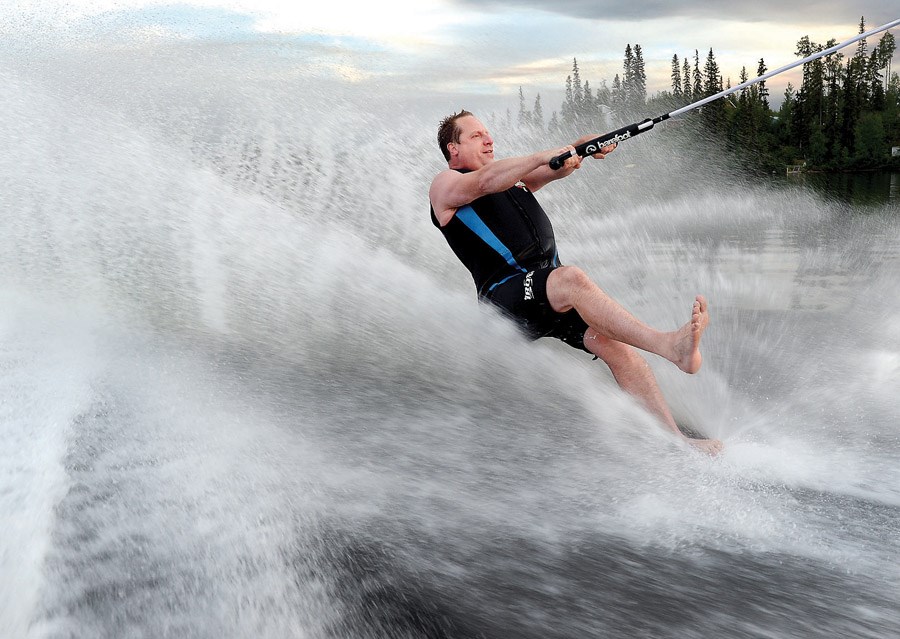For Mark Beaugie, using skis is not a necessary part of water skiing. Instead, he just uses his bare feet.
"It's just one of those things," he said. "You look for flat water and go for a rip. It's something unique not many people do, so it's fun and different."
Barefooting - as practitioners of the sport call it - was first done in 1947, 25 years after the first water skier, according to the Water Ski Hall of Fame. From there, it developed into a competitive sport with three events: performing tricks, performing jumps and slaloming - where the barefooter has to cross the wake as much as possible within 15 seconds and two passes.
Beaugie, however, just does it for "serious fun."
The main difference between water skiing and barefooting - besides the obvious lack of skis - is the speed.
"It's faster," Beaugie said. "[There's] less surface area to keep you up, so you've got to go faster."
The speed in miles per hour needed to keep a barefooter upright can be approximated by dividing the barefooter's weight by 10 and then adding 20. At Bednesti Lake last Wednesday, the boat pulling Beaugie was going 68 kilometres per hour.
Additional equipment that's optional but recommended for a barefooter includes a wetsuit with lots of padding, shorts with extra padding and a specialized boom on the boat.
Beaugie started barefooting approximately 27 years ago. He's now 46.
"A friend of a friend was [involved] in it, so being young and dumb, I'd thought I'd try it," he said.



